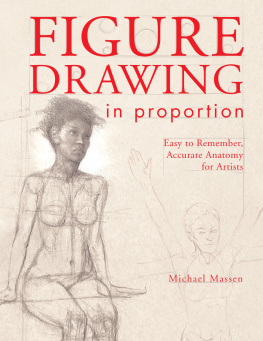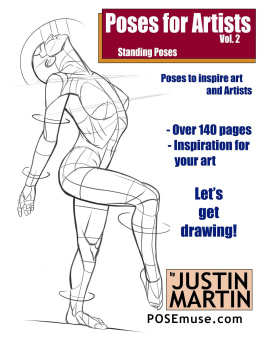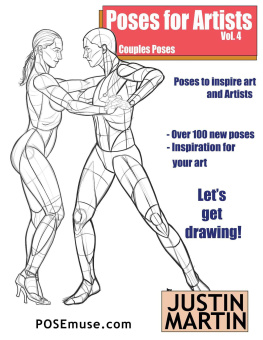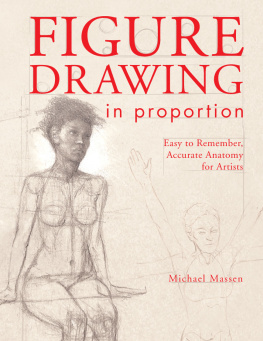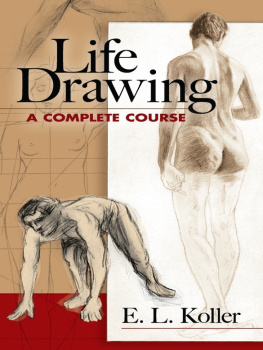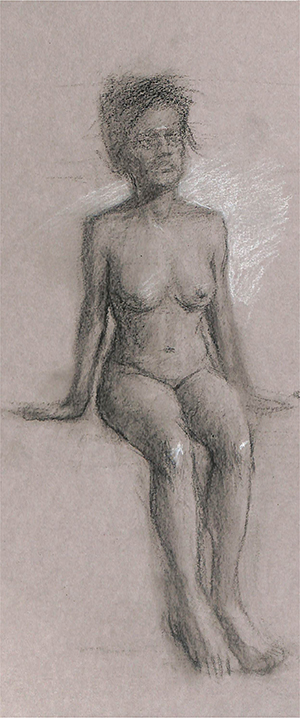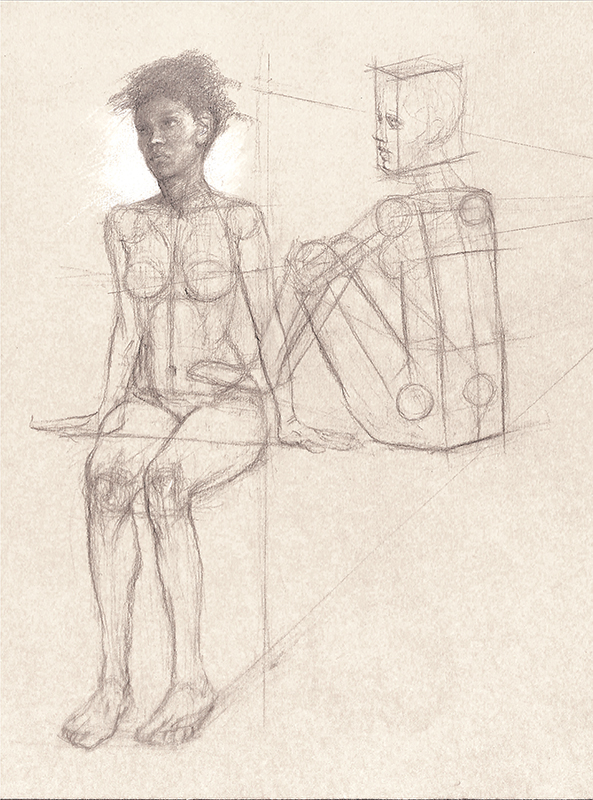Michael Massen - Figure Drawing in Proportion: Easy to Remember, Accurate Anatomy for Artists
Here you can read online Michael Massen - Figure Drawing in Proportion: Easy to Remember, Accurate Anatomy for Artists full text of the book (entire story) in english for free. Download pdf and epub, get meaning, cover and reviews about this ebook. year: 2016, publisher: North Light Books, genre: Art / Computer. Description of the work, (preface) as well as reviews are available. Best literature library LitArk.com created for fans of good reading and offers a wide selection of genres:
Romance novel
Science fiction
Adventure
Detective
Science
History
Home and family
Prose
Art
Politics
Computer
Non-fiction
Religion
Business
Children
Humor
Choose a favorite category and find really read worthwhile books. Enjoy immersion in the world of imagination, feel the emotions of the characters or learn something new for yourself, make an fascinating discovery.
- Book:Figure Drawing in Proportion: Easy to Remember, Accurate Anatomy for Artists
- Author:
- Publisher:North Light Books
- Genre:
- Year:2016
- Rating:4 / 5
- Favourites:Add to favourites
- Your mark:
Figure Drawing in Proportion: Easy to Remember, Accurate Anatomy for Artists: summary, description and annotation
We offer to read an annotation, description, summary or preface (depends on what the author of the book "Figure Drawing in Proportion: Easy to Remember, Accurate Anatomy for Artists" wrote himself). If you haven't found the necessary information about the book — write in the comments, we will try to find it.
An intuitive approach for figure artists to get proportions right.
Traditional methods of measuring body proportions rely on the abstract memorization of convoluted fractions or multiples of the human head. But artists shouldnt have to be mathematicians. Figure Drawing in Proportion introduces a better, more intuitive, less intimidating way to get proportions right. It starts with the revelation that--despite the wonderful variety of bodies in this world--the human figure has standard size relationships artists can build upon for accurate renderings. If you know, for example, that the collarbone is the same width as the head, its much easier to draw the head in proper relationship to the shoulders. Knowing that the palm should be the same width as the knee helps establish the correct relationships in a seated portrait. This book highlights dozens of such key internal and comparative measurements. Once you start looking, you will discover even more. Ideal for any level of artist, this practical approach to proportions makes figure drawing more approachable and more rewarding. Inside youll find:
- 9 full step-by-step demonstrations, using various poses and figures to show proportioning techniques in practice.
- Internal and comparative measurements and how to apply them to figure drawings.
- Simple strategies for recalling key proportions as you work.
Michael Massen: author's other books
Who wrote Figure Drawing in Proportion: Easy to Remember, Accurate Anatomy for Artists? Find out the surname, the name of the author of the book and a list of all author's works by series.

